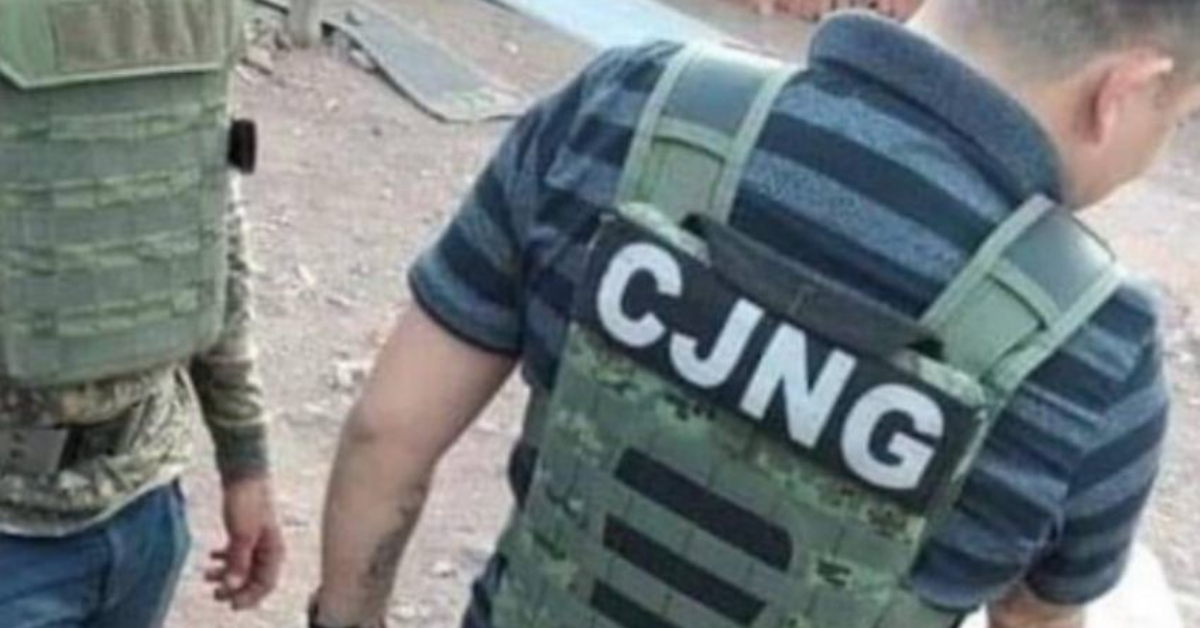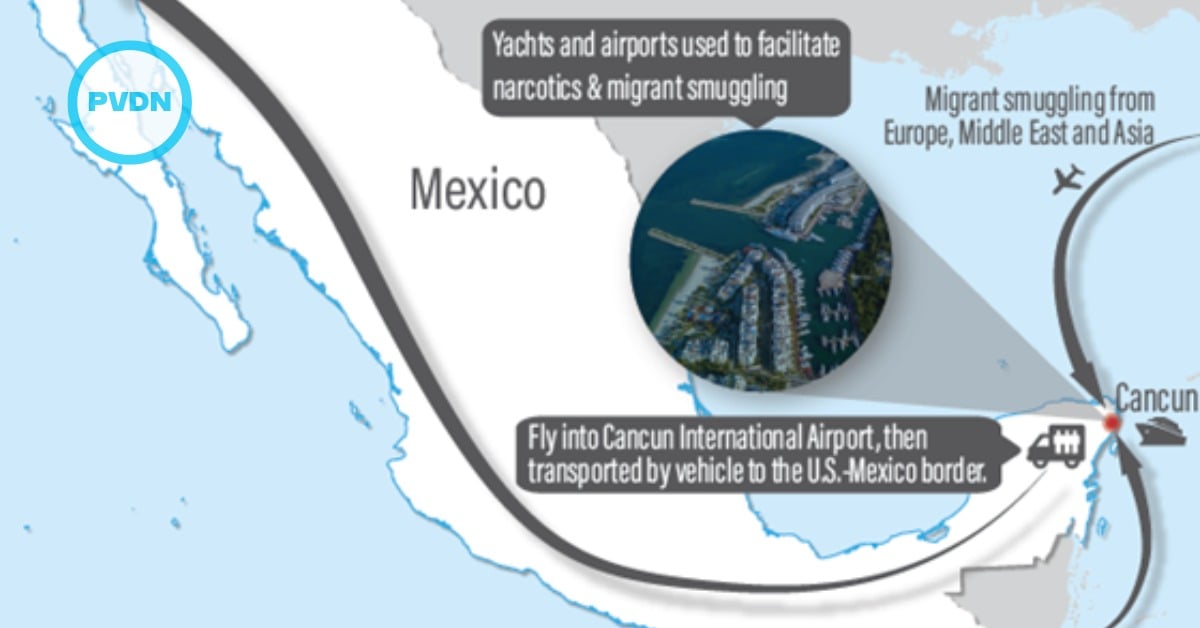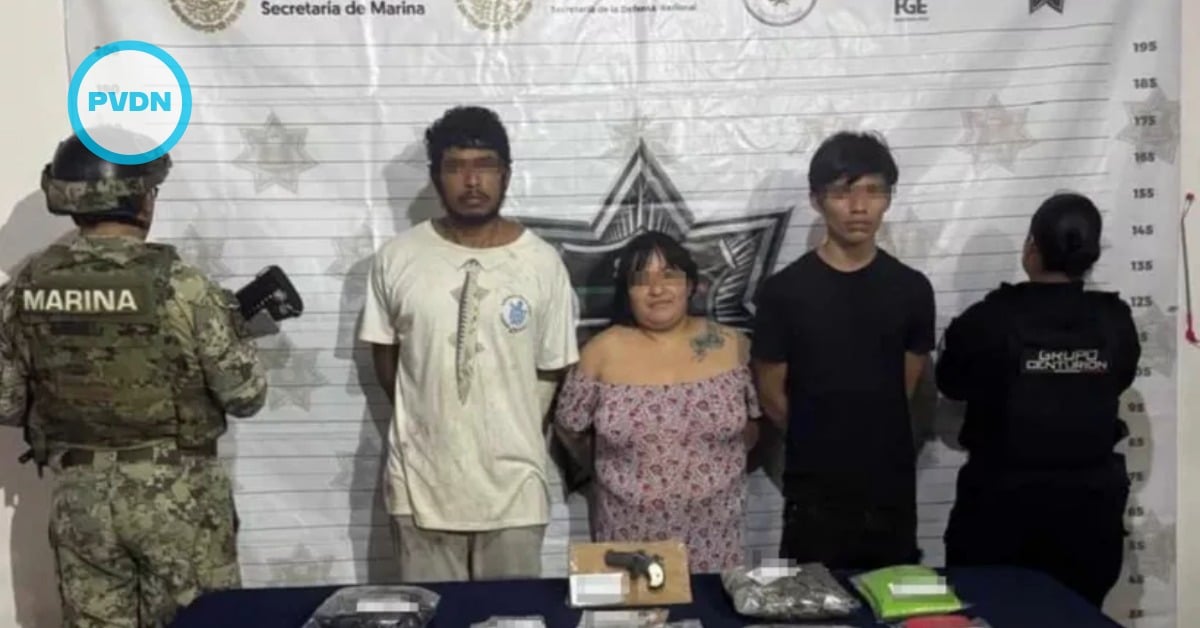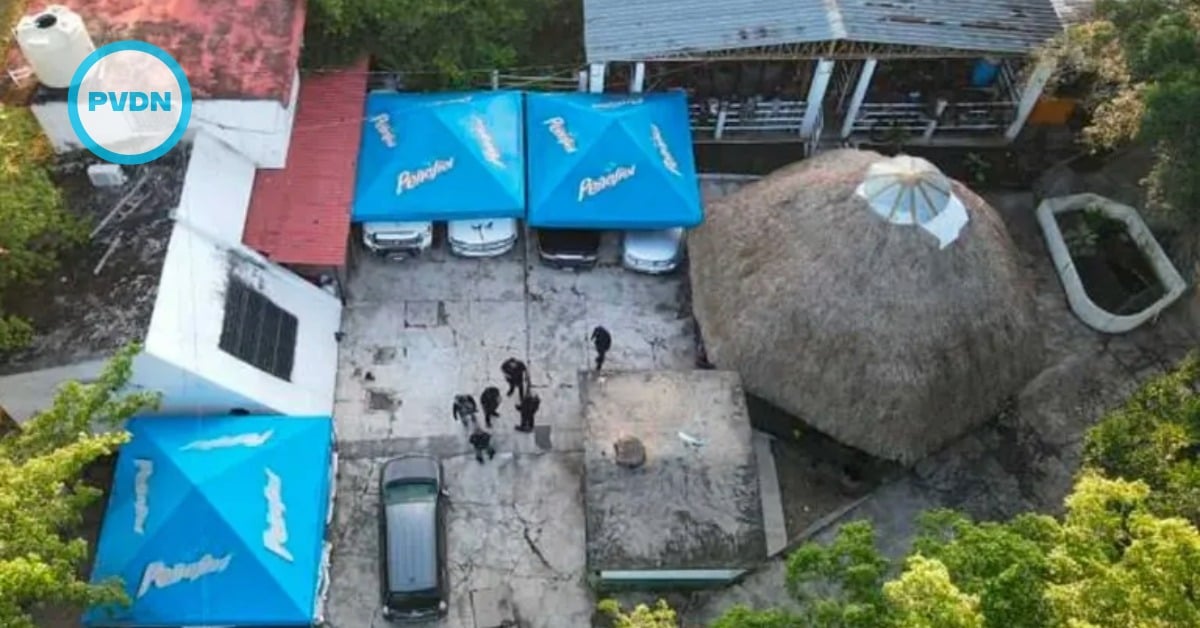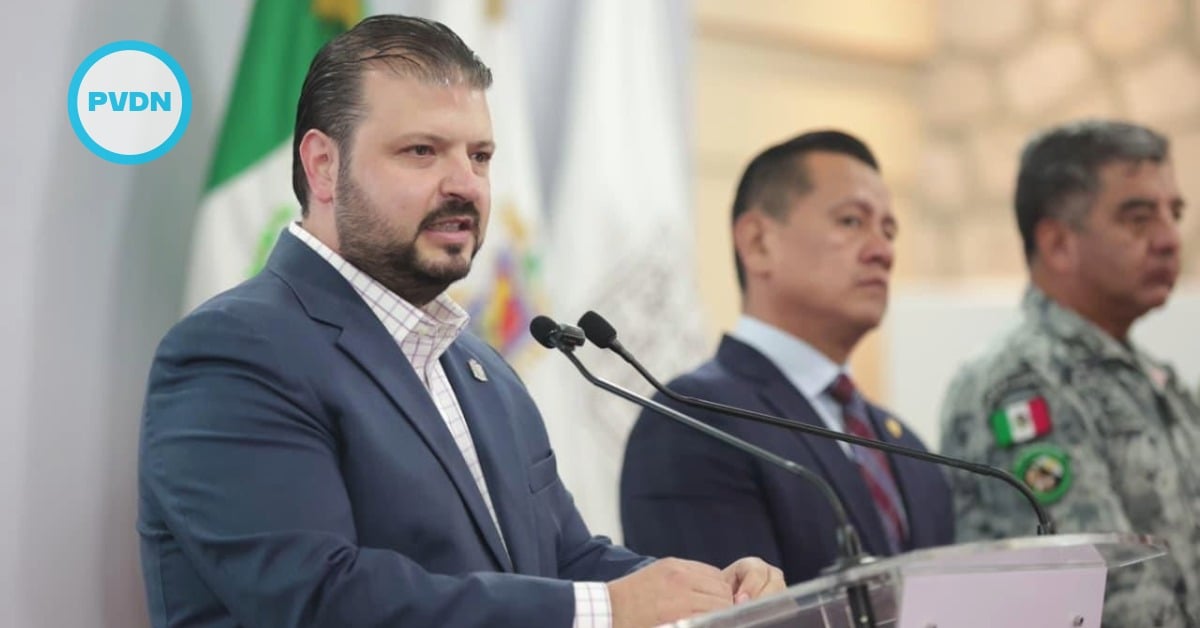Puerto Vallarta (PVDN) - US officials are contemplating designating Mexican drug trafficking organizations as terrorist groups, a move that could distort the nature of this security threat and lead to ineffective strategies to address the issue. During recent testimony before US …
